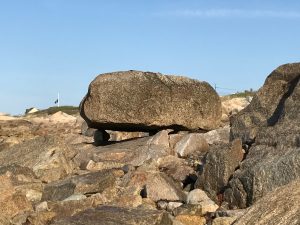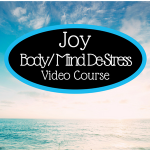This post may contain affiliate links.
Do you want to hear a surprising truth? 
You don’t have to take a 180-degree turn to make a change in your life. To change all you need to do is move one degree away from where you are right now and you will be on a new trajectory.
This is important. Many people think that change has to be radical like a total make-over, a do-over, a transformation from a cocoon to a butterfly.
It is hard to change radically. Humans like consistency and change needs to be subtle or else it is too overwhelming.
We live in a culture that places enormous value on extremes and because of this often times the complex is heralded and the subtle is overlooked or even dismissed.
For instance, you may think that the only way to get rid of back or neck pain is with strong medicine, a shot of cortisone or surgery. All of these options are extreme.
There are alternative ways that are more subtle and very effective.
Perhaps just changing the way that you sit, stand and walk could lessen or eliminate your pain and change your life for the better.
As an Alexander Technique teacher, this is what I do. In very subtle ways I teach you how to change the way that you move and even the way that you think.
Here is a testimonial from Rosemary who had watched a short video I had made about the importance of releasing unnecessary muscular tension in her body.
I often tell people to think about not clenching their tongue and jaw.
Clenching your tongue and jaw is harmful to the head/neck/spine relationship and this compromises the way that you move and live.
Mary, I just wanted to let you know how much better I am sleeping since watching your video a month ago.
You said to unclench your teeth. I didn’t even know I was doing that until you pointed it out.
Now, as I am dozing off, I tell myself “relax your jaw” and poof off to sleep! Thank you, thank you, thank you!!!!
So, for Rosemary, here was a simple and subtle solution to address a common problem. Releasing the jaw to calm down so as to be able to easily fall asleep.
This is how the Alexander Technique works. An Alexander Technique teacher gives you cues either with verbal instruction or with their hands to
teach you how to release unnecessary muscular tension and to redirect yourself through space.
This excessive muscular tension interferes with the way that you use yourself or in other words the way that you move and even think.
As a result with less clenched muscles, you move more freely, with greater ease and very often with less or no pain.
Why don’t you give it a try!
There are many ways to study and learn with me. I teach privately in Little Compton, RI. Or you can purchase my Amazon bestselling book Agility at Any Age: Discover the Secret to Balance, Mobility, and Confidence here, Or you can sign up for my FREE video course Sitting for Success here https://app.ruzuku.com/courses/25548/about
Get in touch! I would love to hear from you! You can send me an email at maryderby1@gmail.com
Photo: Unsplash, Sean Stratton






 Here is my story.
Here is my story.



